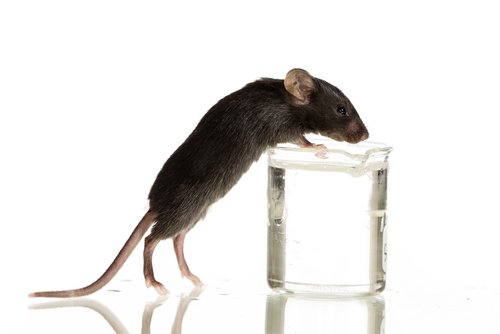Simultaneously Inhibiting Three Proteins Can Increase Muscle Mass in Mice with Muscular Dystrophy, Study Shows

Simultaneously inhibiting three proteins can increase muscle mass, a finding that could help those with diseases such as muscular dystrophy and cancer that cause muscle deterioration, an Australian study reports.
The study, “Specific targeting of TGF-β family ligands demonstrates distinct roles in the regulation of muscle mass in health and disease,” was published in Proceedings of the National Academy of Sciences.
Researchers at Monash University’s Biomedicine Discovery Institute and the Baker Heart and Diabetes Institute discovered that simultaneously inhibiting the proteins activin A, activin B and myostatin increased muscle mass in mice.
“As a result of the study we can now more precisely regulate — and increase — muscle mass in the setting of disease,” Dr. Craig Harrison of the Monash institute said in a news release. He was a co-lead author of the study, along with Dr Paul Gregorevic of the Baker Institute.
Myostatin, also known as GDF8, plays a role in muscle mass deterioration by controlling signals that govern the size and number of muscle fibers, research has shown. Other studies have suggested that activin A and activin B play a similar role.
The Australian researchers injected compounds that inhibited activin A and activin B signaling into the muscles of healthy mice. The result was a moderate recovery of about 20 percent of the animals’ muscle mass. That finding confirmed the proteins’ role in muscle mass maintenance, the team said.
Injecting mice with a myostatin inhibitor led to a 45 percent jump in muscle mass, indicating it plays a more prominent role in muscle deterioration.
When the team combined the three inhibitors, they found that their activity was synergistic, generating a muscle mass increase of as much as 150 percent.
The researchers then tested the strategy in mouse models of muscular dystrophy and cancer cachexia, or cancer-related muscle wasting. In one test, simultaneous inhibition of the two activins led to increased muscle mass. In another test, inhibiting myostatin prevented muscle wasting.
American researchers corroborated the Australians’ findings in a study titled “Activin A more prominently regulates muscle mass in primates than does GDF8“ that appeared in Nature Communications.
They did not target activin B, however, so the treatment had less impact, Harrison said.






